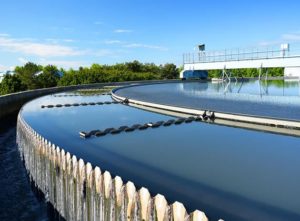Voith to Modernize Welsh Pumped Storage Plant Ffestiniog
Technology group Voith has won a contract to modernize part of Ffestiniog Power Station, part of the 2 GW “First Hydro” pumped storage operation located in Snowdonia, North Wales.

Ffestiniog Power Station was the UK’s first major pumped storage facility (Image: Voith GmbH)
The order covers manufacture, installation and commissioning of two units, with an option for the refurbishment of two more units at a later date. The contract has a value of around 40 million Euros. The operator is ENGIE, one of the leading energy and services groups in the UK.
“The refurbishment of the Ffestiniog Power Station is a major commitment to infrastructure development in Wales. We are delighted to announce this investment in Ffestiniog and our partnership with Voith to deliver this important project. The contract was awarded to Voith based on their technically thorough and competitively priced solution”, says Wilfrid Petrie, CEO of ENGIE UK and Ireland.
With this project, Voith offered a technical solution which allows a higher flexibility of the units as well as the extension of the operating band of the power plant. This will allow Ffestiniog to react more quickly to grid requirements with an extended range of operation.
Design, planning and component production work is due to start immediately, while work on site is expected to start at the end of 2018. The refurbishment is set to be completed by early 2020. The announced refurbishment of the first two units is a mid-life-refurbishment, and will ensure the design life is extended for at least 20 years of further operation. The power station was commissioned in 1963 and was the UK’s first major pumped storage facility. Ffestiniog’s four generating units are capable of achieving a combined output of 360 MW – enough to supply the entire electricity needs of North Wales for several hours.
Pumped-storage power plants are a significant asset with regard to the planned expansion of renewable energy sources. Only these plants can absorb electrical energy from fluctuating renewable sources such as wind and solar power during feed-in peaks both cost-effectively and on a large scale, and in turn feed power back into the grid in a matter of seconds if necessary. With their capacities they therefore contribute to the security of the power supply and the stability of the grid – a contribution that is becoming all the more necessary as the proportion of volatile power from wind and solar energy in the grid increases.
Source: Voith GmbH & Co. KGaA




